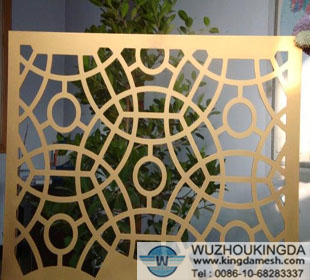Dividers make the most of open space
The Washington Post
Open-concept floor plans may be the single biggest design trend of the past decade. Even in cities known for traditional interiors, new apartment buildings and condominiums have embraced open layouts.
But the flip side of these floor plans is that in a small space, you're often forced to cook, sleep, eat and relax in one room. That can be a blessing and a curse.
"When all of your spaces flow together, it can feel suffocating in a different way," says Megan Blake, who runs an interior design firm in Alexandria, Va. "Sometimes, it's nice to have a little visual separation."
For renters, whose contracts probably don't permit custom woodwork, the easiest solution is a room screen or tall shelving unit. Both have benefits: Decorative screens bring privacy and style to a dull space, and shelving units provide extra storage.
The most important things to consider when shopping for any type of room divider are height and light, Blake says. Most pieces measure between five and six feet high, leaving a few feet of space between the top of the unit and the ceiling. This height tends to work well because it allows the room to retain a little feeling of loftiness and lets light from the windows flow over the top.
"Low wall dividers can seem awkward in a small room unless they're done just right," she said.
Her rule of thumb is to match the height of the screen or bookshelf to the tallest person living in the space, allowing two to three feet of space between the top of the unit and the ceiling.






